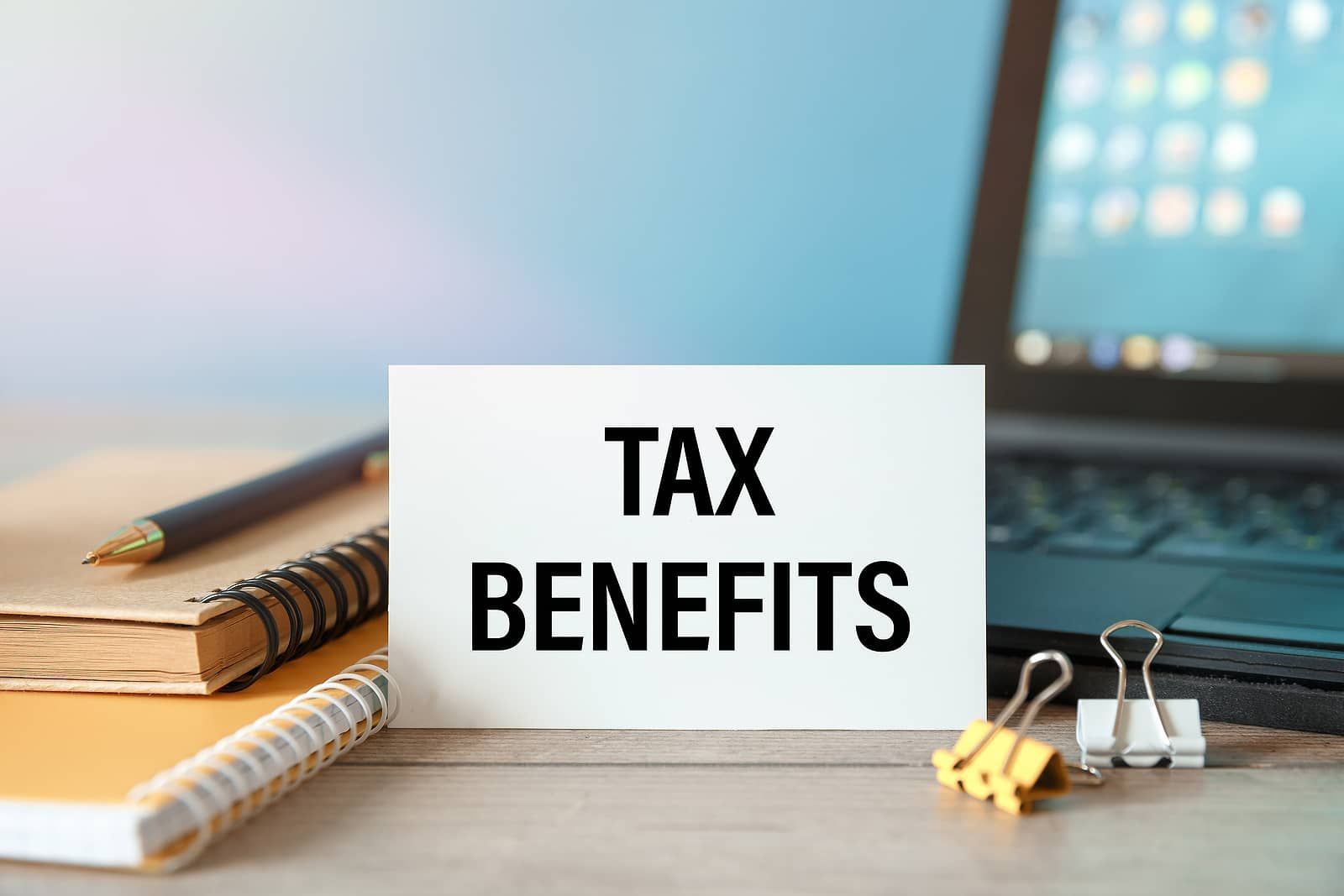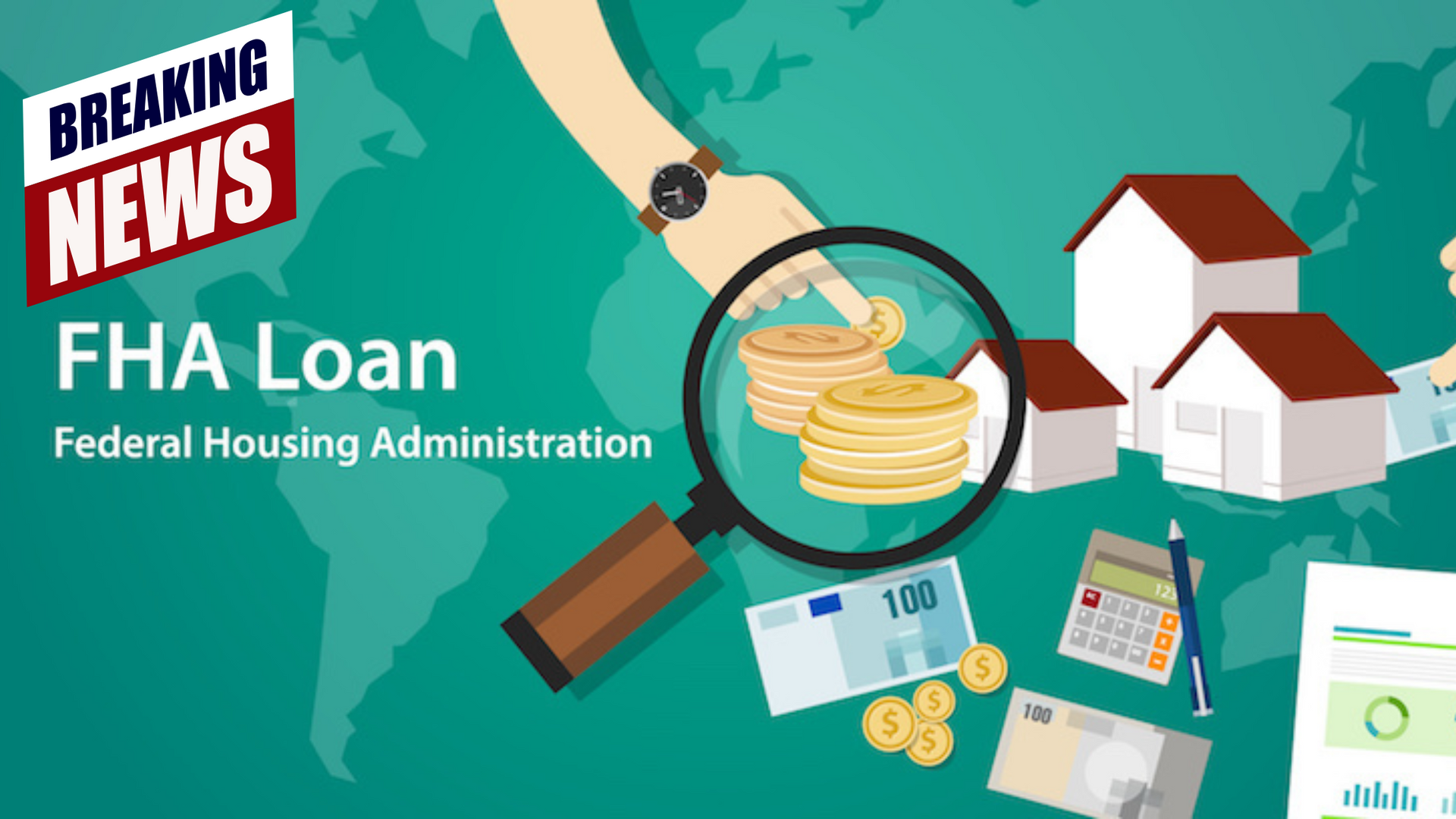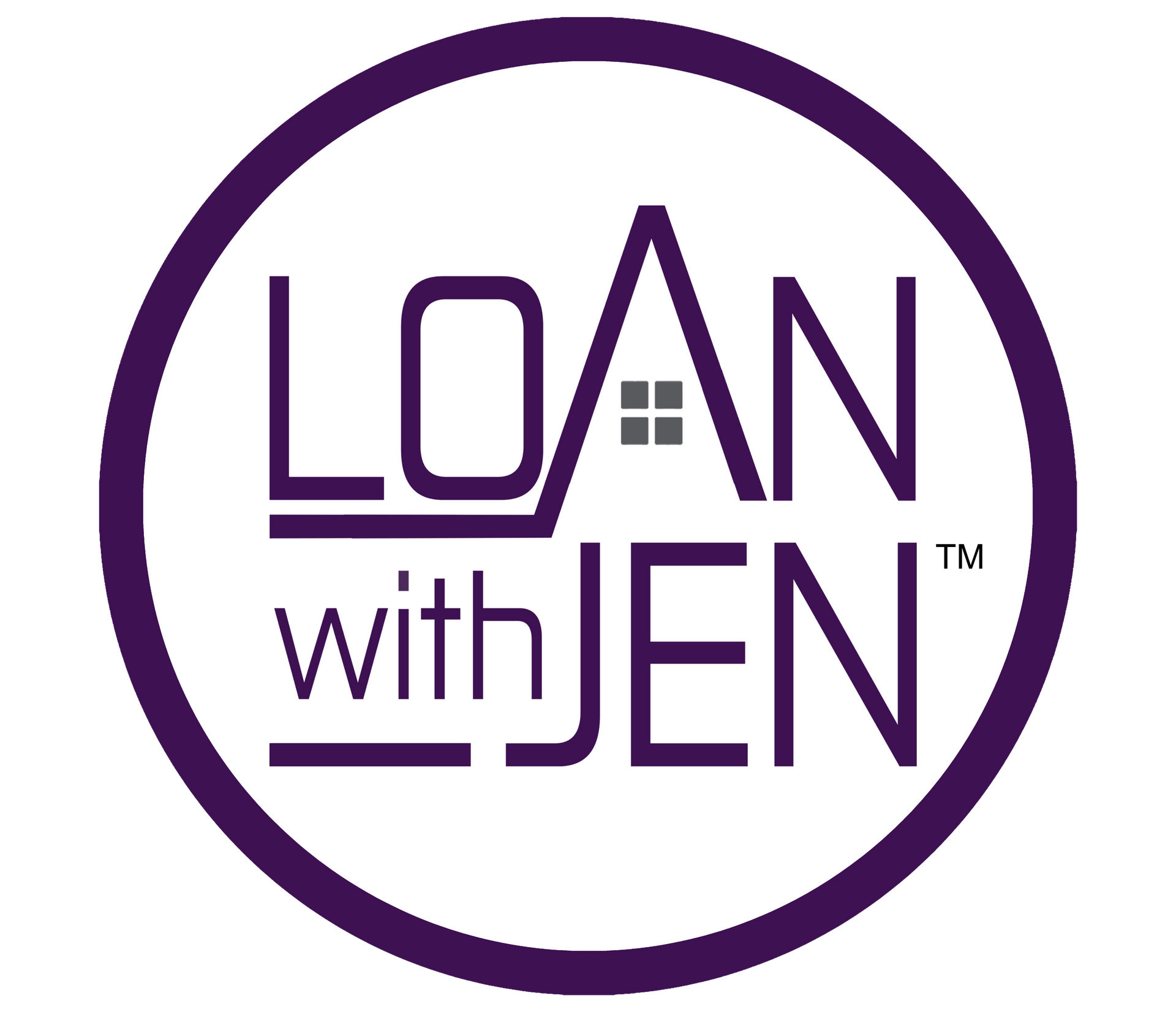We are an Equal Employment/Affirmative Action employer. We do not discriminate in hiring on the basis of sex, gender identity, sexual orientation, race, color, religious creed, national origin, physical or mental disability, protected Veteran status, or any other characteristic protected by federal, state, or local law.
Homebuyer Assistance in Texas
As housing prices go up and as increased inflation makes it more difficult for us to save money, more and more people are having trouble purchasing homes.
What you might not realize though, is that there are homebuyer assistance programs that you can utilize in order to make purchasing a home a reality.
In this article, we're going to discuss homebuyer assistance in Texas, specifically showing you all the funding options you need to help you buy a house. Let's go!
Home Buyer Programs in Texas
If you're looking for a mortgage for your home, there are several state programs you can take advantage of in Texas. This article will cover the state programs, but keep in mind there might be some other localized programs in your county or city that can be taken advantage of. All of the programs mentioned here are all subject to availability. They are funded in the form of bonds and grants from the federal and state governments, and from time to time run out of funds. Be sure to keep tabs on the websites linked below, for the individual programs where you can check availability.
In all of these programs below, there are income limits, credit score requirements, and a home buyer course must be taken. In addition, there are expanded limits and availability for buyers in targeted areas, which means that these areas average income does not meet the median for the area. Targeted areas in Texas can be seen here using this map tool.
- In addition, each of these programs below are offered in different types, and you will see the terms grant, bond, and non - bond. These terms indicate the type of assistance based on state and federal government terms and the types of funds they are allocated to. The terms can be confusing! Here is a video from the Texas State Affordable Housing Corporation about bond vs non - bond assistance.
All down payment assistance applies to primary residences only.
In this article (skip to):
If you're a first time homebuyer, and you live in the state of Texas, you should look at the My First Texas Home program provided through Texas Department of Housing and Community Affairs (TDHCA). The assistance available is 2-5% of the loan amount in the form of monetary assistance. The buyer must go through an approved lender for the program. There are a few restrictions on this state assistance. You must have a credit score of 620 or higher as well as meet the income limits for your county. Be aware that the household income is used for the income limit restriction. This means that even if your spouse is not on the loan due to a low credit score, their income will still need to be factored into the income limit calculation.
To be qualified as a first time buyer, you will be asked if you have owned a home, aka been in title to a home, in the last 3 years. If no, you are considered a first time buyer for lending purposes! Three years tax returns will be required in order to verify that no mortgage interest has been deducted for the last 3 years, therefore sufficing the first time home buyer requirement. In addition the returns are looking for household income.
The assistance funds are sent to closing in a lump sum, and will credit your cash to close. Your lender works with the state agencies directly, and you are only required to a) meet the qualifications above, b) take a homebuyer course prior to closing , and c) be approved for your mortgage of FHA, Conventional, USDA or VA. No private or portfolio loans are applicable for this assistance. Property types allowable are single family, duplexes , townhouse, condo, and manufactured homes only.
The assistance options are either repayable or forgivable after 3 years. At the closing , a second lien is created behind your mortgage, and this lien is either forgiven after 3 years, as long as you do not refinance or sell the home within that time. If you choose the repayable option, it will be due and payable at the time the original loan is paid off. This means at either a refinance or a sale. But keep in mind, your home value will likely rise each year, so that will absorb the cost nicely in the future, therefore the rising value in your home will help payoff the assistance amount.
For buyers obtaining assistance, the interest rates for your FHA, Conventional, USDA, or VA loan, are set by the state. No matter which lender you choose, the rates will be the same. There is also no buydown of rate available. For this reason, be sure you are with the right lender, and this video will educate you on How to Choose a Lender!
If you are thinking your credit score might be below the 620 required for the My First Texas Home program the video below has tips on how to improve your credit score.
My Choice Texas Home is similar to My First Texas Home and is also provided through the Texas Department of Housing and Community Affairs (TDHCA). However, it's available to all homebuyers in Texas, regardless of whether they've owned a home before. In fact, there is no prior residency requirement. This means that even newcomers to Texas are able to benefit from down payment assistance!
In addition, the household income is not assessed, only the income used on the qualifying loan application. This is really helpful when we are using only 1 borrowers income to qualify within the income limits. Additionally, the income limits for this program are HIGHER than the My First Texas program, making it available to more homeowners.
- This program also allows for 2-5% of the loan amount in the form of assistance, and like its sister program My First Texas, is a lien on your property that is either repayable or forgiven after 3 years. Keep in mind, that that the rates on the forgivable loans are higher, so discuss with your lender which is right for you. Especially if you anticipate moving or refinancing in the future.
Home Sweet Texas Home Loan Program TSAHC
The Texas State Affordable Housing Corporation (TSAHC) offers a 30-year fixed-rate mortgage and the option for 5% down payment assistance, through the program called Home Sweet Texas Home Loan program. Similar to the TDHCA programs discussed above, there are income limits based on county, and credit scores must be over 620 for government loans (FHA, VA and USDA) , and for Conventional loans the scores must be above 640. There is no first time buyer requirement for this program, so it is available to all buyers in Texas that meet the credit score and income limitation. There are exceptions, and a first time buyer requirement if the assistance is a non - bond type of assistance. So its best to discuss with your Texas approved lender about these programs!
The buyer is required to take a Homebuyer education course . It is important to note that funds are available only to those buyers that are approved for these types of loans: FHA, VA, USDA or Conventional. In addition, the funds are subject to availability of the funds through the TSAHC. A list of funds, rates and availability can be found HERE.
This assistance is available in the forms of grants, that require no repayment, and also repayable liens that are placed on your property at closing. When you payoff the existing loan through a refinance or sale, the lien will be repayable. Another option could be a forgivable 2nd lien, that is forgiven after 3 years . This means you are not able to refinance or sell for that period of time. If you do, the monies will be due and payable at that time.
Keep in mind all of these programs are subject to availability. At times, the funds are depleted, and the programs are suspended, until such a time they receive additional funding . Sometimes this can take weeks or months.
Additional fees for this loan are generally an additional total of $550, and also a 1% Origination Fee to the originating lender. These are fees to consider when comparing to other assistance programs. Your local Texas based lender can help you navigate the programs and which one is better for your situation!
Homes for Texas Heroes Program TSHAC
The Homes for Texas Heroes Program is a second assistance program offered through the Texas State Affordable Housing Corporation (TSAHC) . It is available to those Texans that we value as heroes in the jobs that they perform daily to make our community a better place. These professions include but aren't limited to police, public school teachers, fire fighters, school counselors, school nurses, school librarians, corrections officers, EMS personnel, and veterans or active military. This program is similar to Home Sweet Texas Home but offers a $500 savings if you use the mortgage credit certificate (MCC) option (see below), which contains specific fees.
It is important to note that the income limits for this program differ than that of the TDHCA programs listed above. The program has a useful chart you can refer to the different credit scores (some are 640 vs 620) and interest rates and availability of the 2-5% programs. Keep in mind all of these programs are subject to availability.
There are options that are forgivable, and also repayable. Also if you are buying in a targeted area, you will have increased income limits and lower interest rates available to you.
Below is a video you can watch that also explains first time buyer benefits in Texas!
Check out first-time homebuyer benefits in Texas
Texas Mortgage Credit Certificate (MCC)
Another benefit available to first-time Texan homeowners is the Mortgage Credit Certificate, also known as and MCC Credit. This is a federal benefit, that was established by the Deficit Reduction Act of 1984. It is money that is distributed on the state level , through state agencies such as our Texas Department of Housing and Community Affairs (TDHCA) and Texas State Affordable Housing Corporation (TSAHC). This program allows you to deduct a dollar from your federal taxes for every dollar that you put toward paying off the interest on your mortgage. Here is a link to take the eligibility quiz in Texas, and how much benefit you could be eligible for.
There are income and home purchase price requirements that you must meet in order to engage in this program. However, if you satisfy these requirements, you could save hundreds or even thousands of additional dollars every year.
Home Ownership Across Texas Grant
This grant is offered to any Texas homeowner who's purchasing a home with a mortgage. If you have a conventional mortgage, you can receive a grant of up to 3% of the mortgage price. If you have a government-backed mortgage, you can receive up to 5% of the mortgage price.
5 Star Texas Advantage Program SETH
If you live Texas, you can utilize the 5 Star Texas Advantage Program. The only counties currently excluded are El Paso, McKinney, Grand Prairie , and Travis. This assistance is offered by the Southeast Texas Housing Finance Corporation. It offers up to 5% of the mortgage price for a down payment and closing costs, and does NOT have a first time buyer requirement! In addition, the income limits are higher than most of the non targeted are programs of the TDHCA and TSHAC so it opens up availability for many households.
Income limits are required, as well as a 640 minimum credit score. Types of loans eligible are FHA, USDA, VA and Conventional. Debt to income requirements are 45-50%, and the interest rate and fees will change depending on your specific credit score and debt to income ratio.
Here is the
5 Star Program website to find out more!
There are Many Homebuyer Assistance Programs in Texas
If you're interested in buying a house but are struggling to gather the necessary funding, you would be wise to look to homebuyer assistance programs. As you can see, there are a number of homebuyer assistance programs available in Texas. They could be just the help you need to get pre-approval and make your first home purchase.
Need help with homebuyer assistance so that you can secure a mortgage? Look no further than Loan With Jen, Houston-area lender since 1995.
Contact me now to get the mortgage process started!



